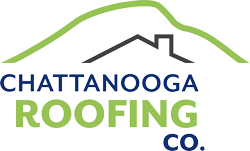
email us
ted@chattanoogaroofingco.com

call us now
(423) 308-ROOF
home
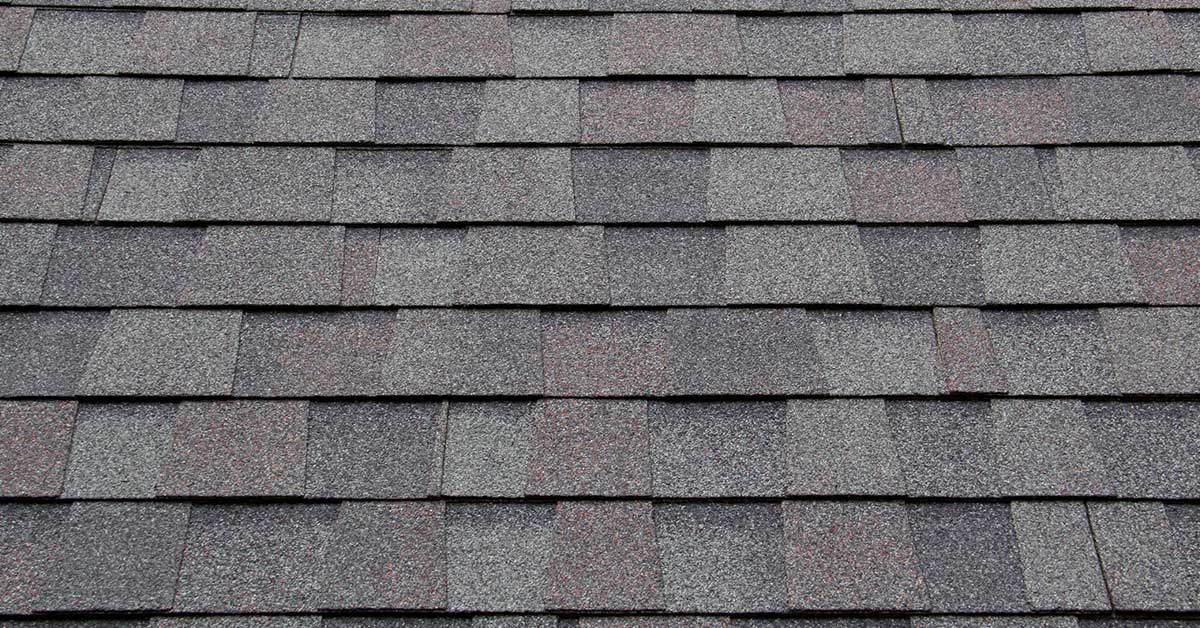
18 Nov. 2021
What Are the Common Problems With Asphalt Shingles?
Many homeowners are debating whether or not they should go with an asphalt shingle roof. One common question is, “what are the common problems with asphalt shingles?” Most homeowners in the United States use asphalt shingles as their primary roof covering. This is largely because they’re inexpensive and easy to install. This form of roofing has a few drawbacks that should be considered before making a decision.
In this article, Chattanooga Roofing Co. provides an overview of the 5 most common asphalt shingle problems.
5 Common Problems With Asphalt Shingles
1. Life Expectancy
The lifespan of an asphalt shingle roof is significantly lower than that of nearly every other form of roof. As a rule of thumb, asphalt roofs endure between 10 and 20 years before they need to be replaced.
2. Roof Repairs
Asphalt shingle roofs do not have a good reputation when it comes to long-term dependability. The shingles will need to be repaired or replaced if they are damaged by extreme weather or aging.
3. Gloeocapsa Magma
Gloeocapsa magma is a microorganism that looks like green-blue algae. It can cause ugly black streaks on your asphalt shingle roof.. In addition, gloeocapsa magma can damage shingles and reduce their lifespan. Asphalt shingles include limestone that bacteria chew away over time, thus weakening the shingles. A roof with weak shingles is more prone to require repairs due to shingles breaking or flying away.
4. Color Limitation
Grays and browns are the most frequent colors for asphalt shingles. Asphalt shingles come in a restricted range of colors. For that reason, with this roofing material, it will be tough to achieve a unique roof in a vivid hue.
5. Blistering
Blistering of the shingles can occur on a poorly ventilated shingle roof. The blisters grow as a result of the blistering caused by the extreme heat. Blisters on shingles cause the granules that act as a protective barrier to loosen, reducing their effectiveness. You should replace shingles that have blistered excessively because this can shorten the lifespan of your roof.
Do you have questions regarding any of the common problems with asphalt shingles? Call Chattanooga Roofing Co. today at (423) 799-2173. We have professionals who will be glad to answer any questions you may have.
- By: chattroof
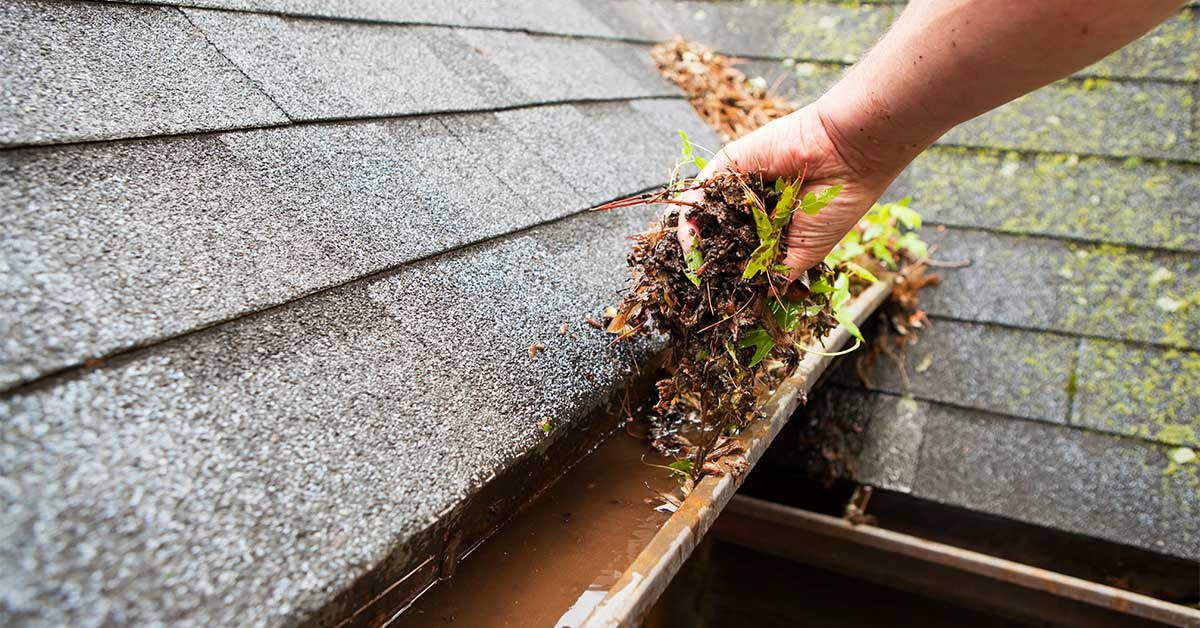
13 Aug. 2020
3 Ways to Maintain Your Roof in the Summer
In the best of conditions, your roof is capable of a decades-long lifespan. However, it’ll only last as long as it should if you maintain it well. For that reason, you need to know what tasks are necessary. And while summer roof care does differ slightly* from care in other seasons, it’s more similar than different. So, how should you maintain your roof in the summer? Read on to learn more about the tasks you need to do.
How to Maintain Your Roof in the Summer
1. Inspect The Roof and Remove Debris
It sounds simple, but many homeowners forget to do it. Looking over your roof closely is an amazingly helpful and necessary task. And what better time than summer? It’s warm, less rainy, less debris is falling … it’s time to inspect the roof.
- Grab a pair of binoculars and scan the entire roof from the outside. However, if your roof is too high for a close look, there’s no shame in having a professional inspect it.
- Next, get inside the attic and closely inspect your flashing for weak points or gaps.
- Lastly, if you’re able to physically walk on your roof and the pitch is low enough to allow balance, wait for a cool day (so you don’t damage the asphalt shingles) and make a careful inspection, removing all debris you encounter. Use only a soft broom – no rakes allowed!
You’re on the lookout for loose, discolored, and/or damaged shingles. They may indicate a more widespread problem.
2. Clean Out the Gutters
This one just makes sense. If your roof can’t properly get rid of water via the gutter, you’ll end up with damage. Not only to the fascia, but also the outside walls and even the roof itself. Clean out the debris from the gutter so your roof does its job from top to bottom. Alternatively, if you can’t get up on a ladder for any reason, feel free to hire a service pro. This isn’t just how you maintain your roof in the summer – it’s a year-round task.
2. Cut Back Trees and Shrubs
Nothing can damage the edge of your roof quite like a tree limb scraping it. Overgrown or low-hanging foliage is a no-no when it comes to keeping your roof intact. Use the summer months to cut back and trim all the bushes and trees that come anywhere near your roof. You’ll reduce algae growth, moss buildup, and scrape damage. In addition, you’ll reduce the sticks and leaves you need to clean off the roof and out of the gutters.
If your roof needs repair or replacement (and all roofs will eventually), get professional help! Simply call Chattanooga Roofing Company at (423) 799-2173 today.
* Really, the only big difference is temperature. Since heat makes asphalt softer, you should be careful if you need to walk on your roof in the summer. You need to avoid pulling shingles off their nails or scraping off the protective granules.
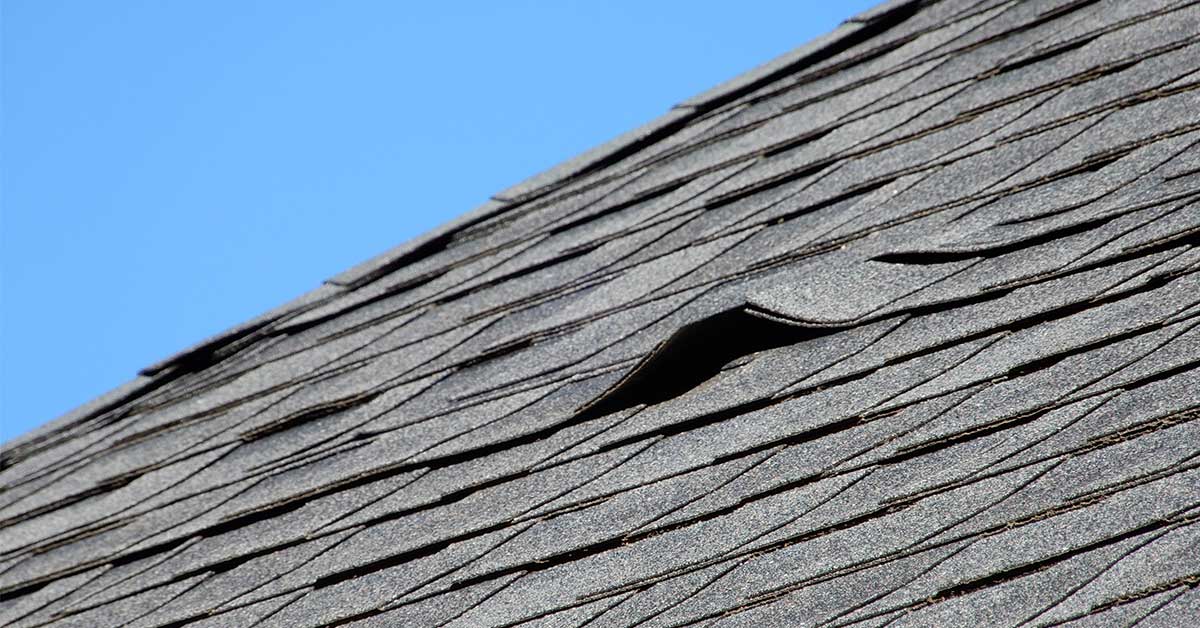
06 Sep. 2018
Roof Damage From Wind: What Is It, and How Can I Spot It?
According to Travelers Insurance, roof damage from wind made up an astonishing 25 percent of all homeowners insurance losses from 2009 to 2015. High winds can damage your roof, especially if it’s older or if your home is often exposed to forceful wind.
Wind can cause a few different kinds of damage to your roof. These include leaks, torn away or broken shingles, and gutter blockage. Asphalt shingle roofing receives the most damage from wind – even though it’s sturdy and rated to hold up under 90 mph gusts. If the wind is sustained, it can wear away at the integrity of shingles and start to damage them at 50 mph. Knowing how to check for roof damage from wind is vital to your home’s long-term health.
What Is Roof Damage from Wind?
Wind is unpredictable. It can damage areas that seem strong while leaving weaker areas alone. That’s because the wind doesn’t hit the entire surface of your roof with the same amount of strength. Corners, edges, and the exposed ridge suffer most frequently from wind damage.
For instance, where shingles hang slightly over the edge of your roof, wind can get under it and curl it up – or even rip it clean off. This is the type of damage that’s easiest to spot visually. Anytime wind removes a shingle, the roof will develop a leak in that spot (and anywhere below it, since water runs downward).
In addition, high winds can “lift” shingles without removing them. Most often, this is caused by suction from the wind passing over the top of the shingles, rather than getting under them. In this case, your roof may look intact from the ground. But all the while, water is seeping underneath the loose, lifted shingles. Lifted shingles lead to broken sealant – and leaks over time.
As another example, debris blown by high winds can tear apart your shingles. Tree limbs are a particularly common culprit here, so make sure you trim away any branches that reach over your roof. If you have trees next to your house, you’re likely to experience this type of roof damage from wind. In fact, high winds don’t cause as much damage as the debris blown by them does. They may look pretty, but those overhanging trees are a hazard.
How Can I Spot Roof Damage from Wind?
Look for these signs of roof damage caused by high wind.
1. Leaky Roof
Leaks in your roof are the easiest way to spot damage. However, a leak is the last thing you want. Don’t wait until your ceiling is dripping to check for damage. After each session of high winds, check for damaged shingles before you have a water problem. And, if a leak does appear, call a trusted roofer right away!
2. Missing, Lifted, or Curled Shingles
You should be able to spot missing and curled shingles from the ground. Look especially at the roof’s stress points: edges, corners, chimney, valleys, and ridgeline. These spots will let water through to the sub roofing – and into your home.
On the other hand, lifted shingles are hard to spot unless you’re on the roof. What may have happened is that the nails have become looser, and the layer of sealant may be broken. You’ll want to have your roof professionally inspected from time to time, especially if your roof has a steep pitch or your home has more than one story.
3. Granules in the Gutter
Extreme wind and pounding rain can strip protective granules from your shingles, washing them into the gutter. After a rainstorm, especially one accompanied by high wind, check the gutter for an excess of granules. If you find more than normal, call a roofer to check the shingles.
4. Damaged Chimney Flashing
This should be a quick check, but you’ll need to be on the roof to do it. Inspect the flashing around the chimney to see if it’s split or missing. Because it’s a vulnerable stress point, your chimney flashing is an especially common location for roof damage from wind.
Like always, a high-quality roof installed by an experienced roofing professional is your best defense against wind damage. Don’t cheap out – you may end up paying more in the long run. Call a licensed and insured roofer with decades of expertise, like Chattanooga Roofing Company. We’d be happy to inspect your roof for wind damage and give you a free estimate!
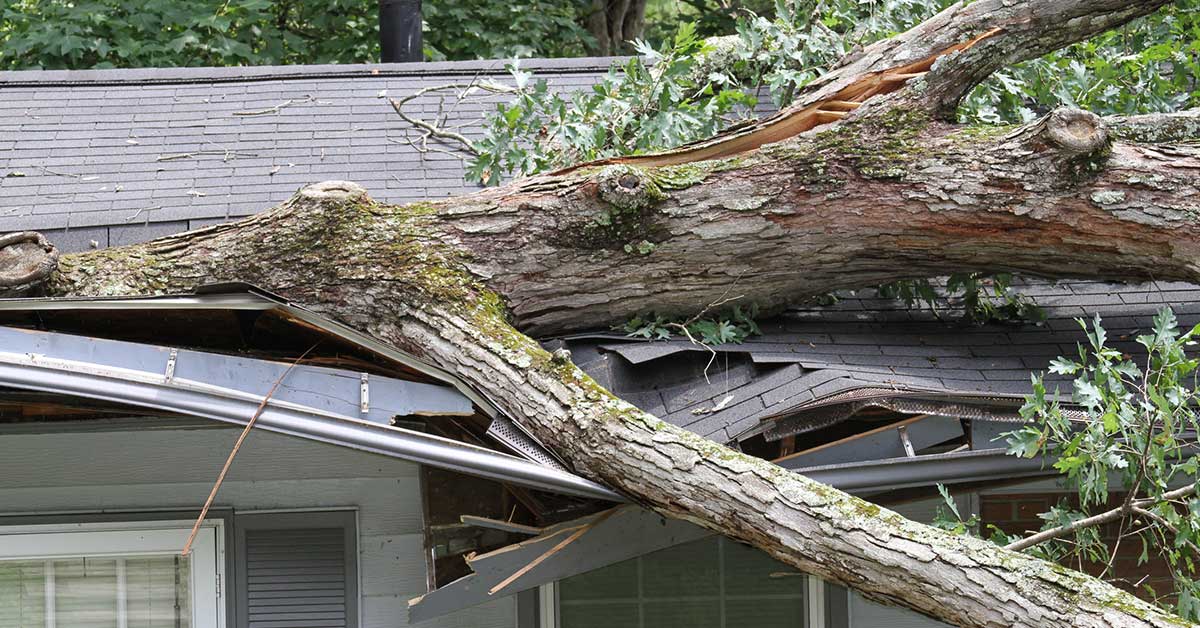
14 Aug. 2018
What To Do If A Tree Falls On Your Roof
Knowing what to do if a tree falls on your roof is important. Tree damage to your roof often occurs after events like severe storms or other natural disasters, like earthquakes. In addition, rotten trees can split and break, falling onto your roof. Damage to your roof can vary depending on the event, the size of the tree, and where it fell. You need to know what to do if a tree falls on your roof – and do it in a timely manner.
What to Do if a Tree Falls On Your Roof In 4 Simple Steps
1. Take Pictures and Document Everything
It is crucial to document and report every bit of damage to your roof or home in the aftermath of a tree falling. This can be useful to provide to your insurance company to cover any costs of the roof or home repairs, as well to your roof repair crew.
If you remember this step and step #2, you’ve got the basics of what to do if a tree falls on your roof.
2. Contact Insurance Immediately
After you are finished taking pictures, contact your insurance company right away. Your insurance company will know what to do if a tree falls on your roof, and can help guide you through the next steps. Chattanooga Roofing Company can work with most insurance companies to repair your roof during your time of need.
Important: You will need to call a specialized tree removal crew to remove the tree and debris around your home. For your own safety, never try to remove the tree or debris yourself. Do this only after your insurance company has been to your home. Your claim will be put at risk if you start to remove debris before the adjuster has seen the damage.
3. Contact Your Roofer for Repairs
Your insurance is likely to recommend several roofing companies that can come in and repair your roof after a tree has fallen on it. Repairing your roof is an urgent matter. You need to return to living comfortably in your home. And, quick repairs help avoid problems with the elements or pests potentially getting through damaged areas of your roof.
4. Be Prepared to Find the Best Contractor
When you are looking for a roofing contractor, always make sure that they are licensed and trusted roofing contractors. Be patient with the process of roof repairs to your home. If a rotten tree split and fell on your home, be aware of any other problems in trees and get them taken care of to avoid more roof damage later.
Don’t let tree damage to your roof wait. In this busy, summer season storms are inevitable. If your home has suffered from roof damage due to fallen trees, depend on Chattanooga Roofing to make the right repairs. Call us today at 423-308-ROOF for help!
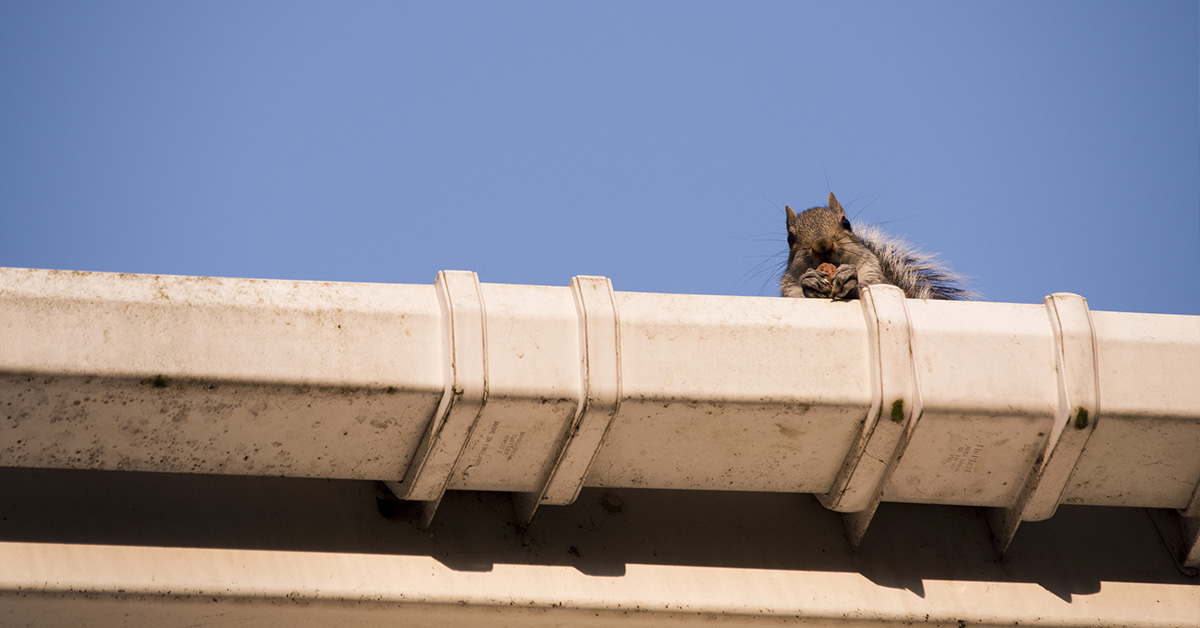
02 Mar. 2018
What Should You Do if Pests Damage Your Roof?
You don’t want to find pests anywhere inside your home – especially your roof. If your roof has any weak spots, animals will often find a way to burrow inside and hibernate during the colder months. In fact, winter is when most pest damage happens. As temperatures rise and rain falls, unfixed damage can wreak havoc on the walls and roof of your home. So, what should you do if pests damage your roof?
First, let’s look at which pests cause the most roof damage. After all, knowing your enemy is half the battle.
Which Pests Damage Your Roof?
Here in the south, we see lots of problems with pests like squirrels, mice, rats, beetles, termites, ants, and even bees. Each of them can cause different types of damage to your home.
1. Termites
Termites are especially known for invasions around areas where there is mold or rotted wood. Termites will build colonies in and weaken wooden roof structures, leading to loosened roof tiles or shingles.
2. Birds and Bats
Birds and bats will build nests inside your home and can leave unpleasant droppings. They can both get in through rotten fascia boards. You can prevent further incursions by replacing those boards.
3. Hornets and Wasps
Hornet and wasp nests can attract other insects that cause damage to your roof when left alone. Wasp nests also attract termites, leading to extensive wood damage.
4. Squirrels
Squirrels cause issues with electrical materials when they gnaw and chew on wires, pipes, structural supports, or shingles in order to get into your attic. They usually leave behind urine stains and unpleasant odors.
5. Mice and Rats
Like squirrels, mice and rats commonly chew and gnaw on roofing and structural materials. Their presence can expose your family to disease or disgusting droppings and odors.
What Can I Do About Pest Damage?
Get an exterminator – and then call a professional roofer like Chattanooga Roofing Company to fix the damage! When pests damage your roof, we’ll handle all roof and fascia repairs efficiently and effectively. We can repair any damage done and prevent further infestations, so next winter your home will be safe from pests and vermin.
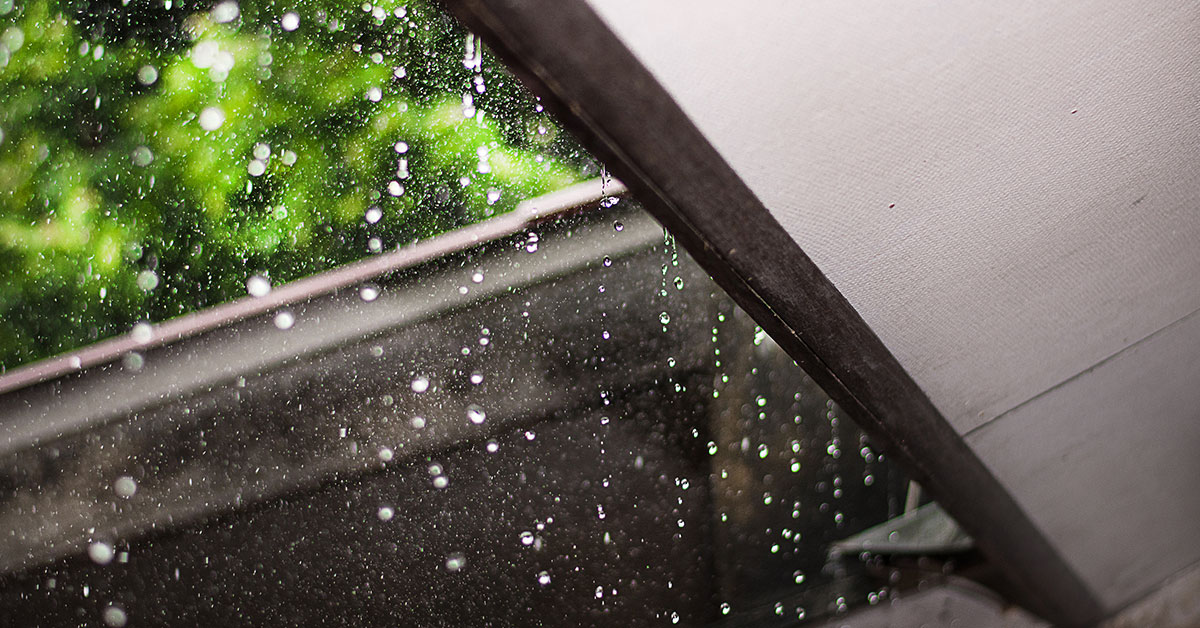
22 Feb. 2018
What if Spring Storms Damage Your Home?
Springtime is just around the corner. It’s time to put away the winter coats and enjoy the sunshine and much-needed rain. As the old saying goes, April showers bring May flowers. But what if spring storms damage your home? Harsh weather like tornadoes, severe thunderstorms, and hail storms can cause thousands of dollars of damage to homes during the spring. This damage can be simple, small scratches and dents. But in the worst case, you may even need to repair or replace your roof.
What if Spring Storms Damage Your Home?
You need to know what to do if your roof is damaged following a bad storm, and what steps to take to ensure your home is protected. Here’s what to do if spring storms damage your home.
1. Identify Damage
Your roof is the first place to check after a storm. It’s important to identify the signs of storm damage. These can include:
- Standing water on the roof
- Bent or crooked gutters
- Lifted or curled shingles
- Dents or pockmarks in shingles
- Water stains on walls and ceilings
- Leaks in the attic
Next, you’ll need to examine your windows and siding for damage. Look out for:
- Cracked or chipped glass
- Leaks through window frames
- Holes in vinyl siding
- Mold in wooden siding from water damage
2. Document Damage
When assessing your home for storm damage, don’t forget to document and photograph everything. You also need to check around the home for debris or trees that may have fallen on your roof. This will help with insurance claims and let you know what to expect when your trusted roofer inspects your home. Never climb up on the roof yourself. This can be extremely dangerous, as a roof’s structure can be weak if damaged.
3. Call Your Roofer
Call Chattanooga Roofing Company at (423) 308-ROOF if you suspect your home has spring storm damage. We can inspect your roof, give you a repair estimate if needed, and work with your insurance company to cover the costs of storm damage. We have an experienced, licensed, insured, and hard-working team to make your home safe again after a bad storm.
visit Us: 529 S. Germantown Rd. Chattanooga, TN 37411
email us: ted@chattanoogaroofingco.com
24/7 Emergency call (423) 308-ROOF
